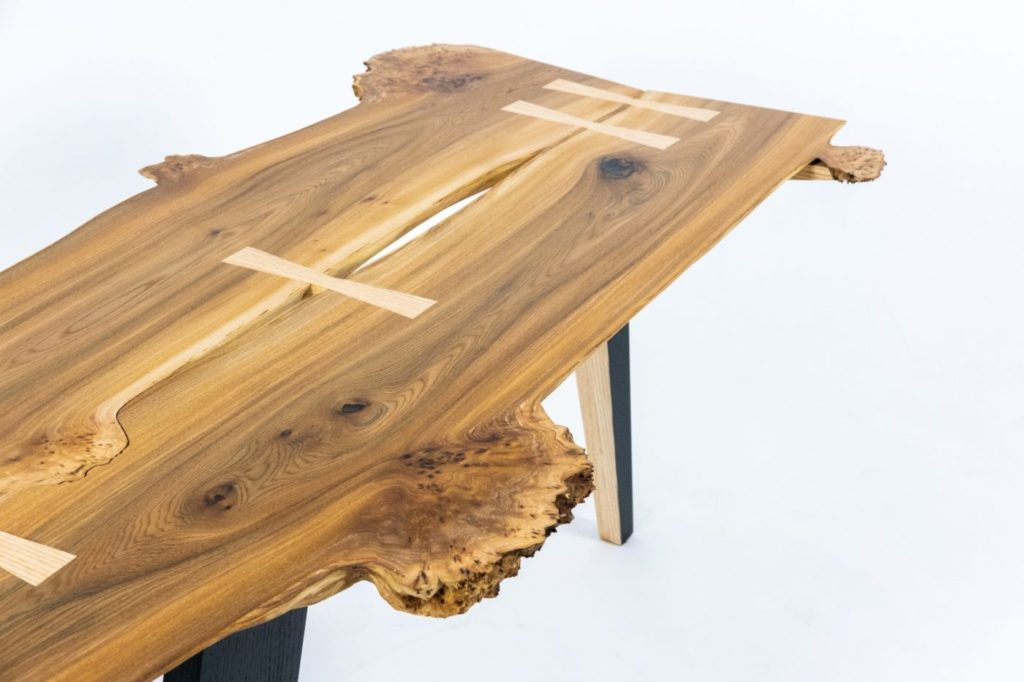You’ve lovingly perfected your woodworking skills, put in the hours in the workshop, and finessed your style – it’s finally time to start selling your furniture!
For many new owners of furniture making businesses, how to price furniture will be first on your list of queries.
It’s vital that you cost your work fairly to ensure your hard work is being appropriately rewarded. Here Tom Fraser, Principal of the Chippendale School, offers his advice on how to price your furniture.
Briefing is key
Before pricing a project, the most important thing you can do is to take a very detailed brief from the client. Really listen to what they say about their practical requirements and aesthetic preferences.
If your proposals closely reflect the client’s brief, they will favour you over any competitors whose pitch is based only around cost. In this market people rarely make choices solely because of cost – for a bespoke item, the quality of your design proposals and the ‘cut of your jib’ will be more important.
Don’t waste time
Customers seldom know what a bespoke piece of furniture is likely to cost. You can ask them if they have a budget, but it is usually better to send them a quotation soon after the first meeting to check that the work is within their means before committing too much of your time.
If you have made similar items in the past, you can tell them what they cost so that they have a ballpark figure before going into the detail work on the design – you don’t want to waste either party’s time!
The numbers
Calculate your material cost, including timber, hardware, glue, screws, finishes and whatever else you plan to use. Don’t forget to factor in wastage and delivery costs. You may also want to add a contingency and a profit margin to your material costs.
As a rule of thumb, your materials should not account for any more than 30% of the selling price.
Your labour time is the most difficult element to estimate. In most cases, makers underestimate how long work will take and charge too little for their time. Make a detailed production plan listing all the operations involved and calculate the total hours multiplied by the appropriate hourly rate. Don’t forget to include design time and non-productive time.
Decide on your hourly rate of pay and, if necessary, have different rates for activities such as design, CNC, machining, hand-cut joinery or finishing. If you work out a daily rate this should be based on a reasonable number of working hours and include breaks.
Reality check
Once you have worked out a cost, compare this with similar items in a few up-market furniture stores or against what you think your competitors might charge. If your price seems ridiculously high, review your design to see if you can make it simpler to build or if materials can be changed or used more efficiently.
It is tempting to quote a low price to win a job, but this always ends in regret – and ultimately impacts on your profits. Be sure of your costs and that your proposals meet the client’s brief and if they don’t accept the price, you are better to move on to the next opportunity rather than work at a loss.
Finally, make sure to state in writing that you require a 50% deposit with order and balance paid prior to or upon delivery.
—
Follow these tips and you’ll be well on your way to securing your first commission and successfully selling your fine furniture!
Students on the Chippendale School Professional Course gain insight to wisdom like this on the full spectrum of the furniture making process – from initial design and techniques right through to how to set up and market your fledgling business.
Sign up for our 2023/24 Professional Course here.
